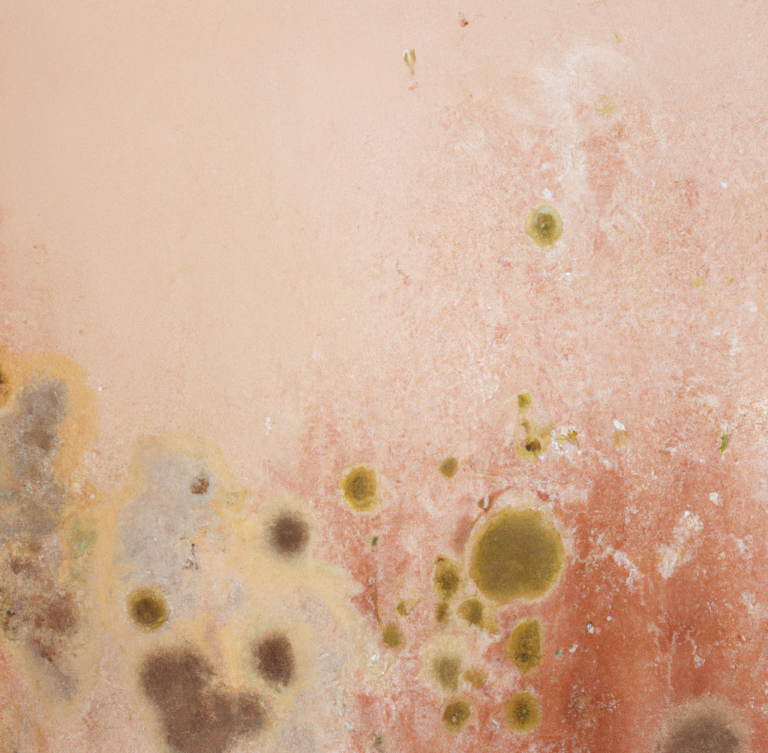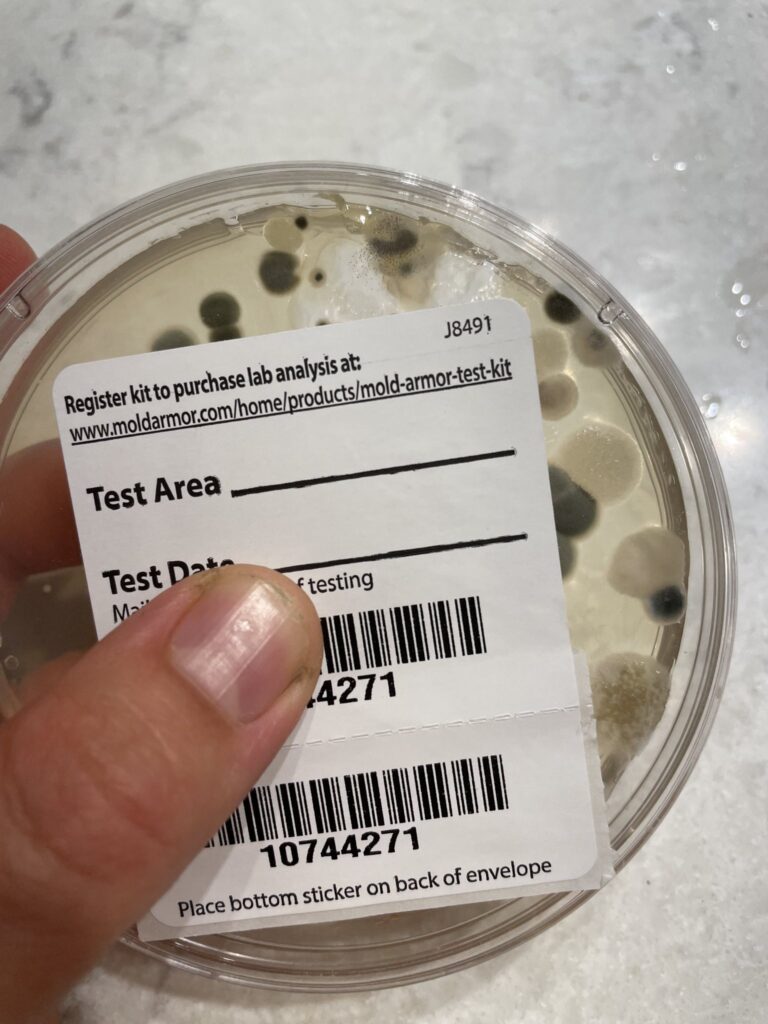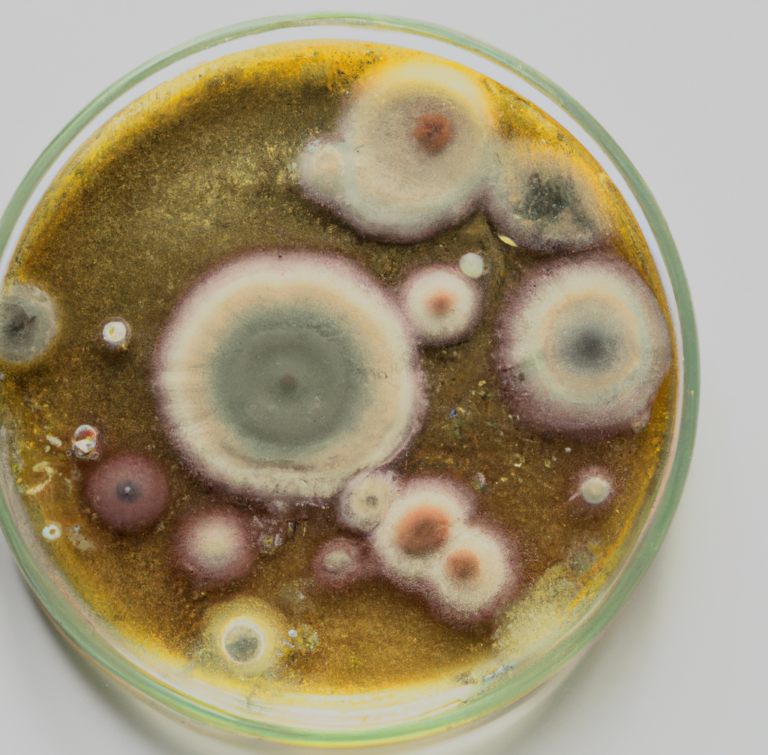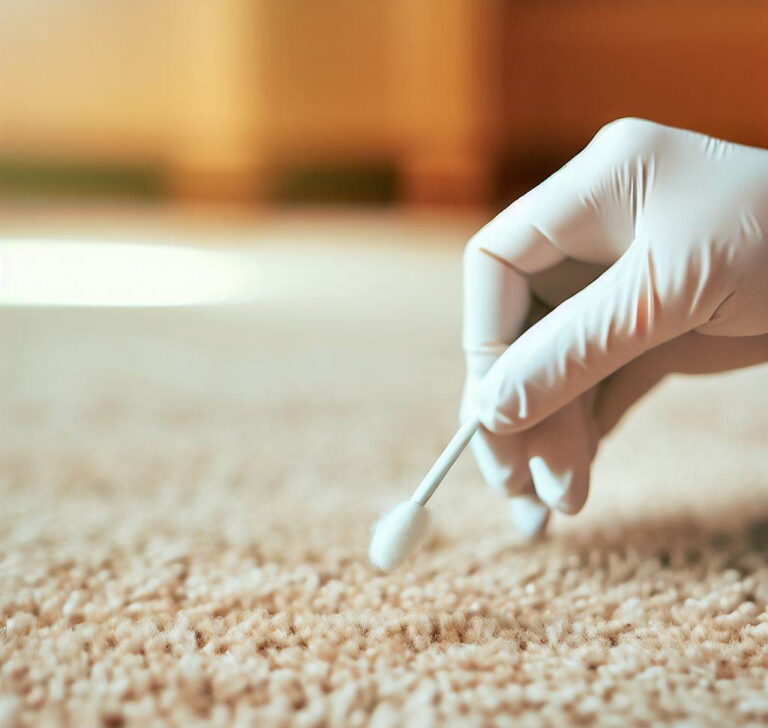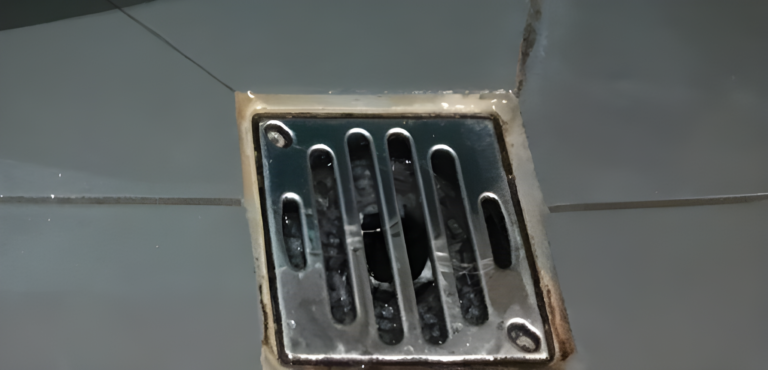Essential Tools for Finding, Fighting, and Preventing Mold in Your Home
When it comes to dealing with mold in your home, having the right tools at your disposal can make a significant difference in effectively identifying and combating the problem. In this article, we will explore a range of tools that can aid in finding and fighting mold, empowering you to take proactive measures to address mold growth and create a healthier living environment.
The content provided on this website is based on personal experiences with mold and is for informational purposes only. It is not professional advice. For accurate guidance, consult a licensed mold professional. Mold situations can vary, and relying solely on personal experiences may not be suitable for your specific circumstances. We recommend seeking professional assistance for mold-related issues. We disclaim liability for any reliance on the information provided on this website.
- Moisture Meters: Moisture meters are indispensable tools for mold detection. They measure the moisture content in various materials, helping to identify areas of excessive dampness where mold is likely to thrive. By using a moisture meter, you can pinpoint moisture sources such as water leaks, condensation, or high humidity levels, enabling you to address these issues promptly and prevent further mold growth.
There are lots of great moisture meters and most of them are affordable as well. Klein Tools makes one without the pin. Which means you don’t have to puncture your wall to get a measurement.
Get a moisture meter on Amazon
This is an affiliate link which may get us a commission. Your support is appreciated.
- Infrared Cameras: Infrared cameras, also known as thermal imaging cameras, are valuable tools for identifying hidden moisture and potential mold growth behind walls, ceilings, or other inaccessible areas. These cameras detect temperature variations, revealing areas of potential water intrusion or dampness. By utilizing an infrared camera, you can detect hidden moisture sources, identify potential mold hotspots, and take appropriate action before mold becomes visible.

- Digital Hygrometers: Digital hygrometers are devices used to measure and monitor relative humidity levels in your home. Mold thrives in high humidity environments, so monitoring humidity levels is crucial for mold prevention. A digital hygrometer provides real-time readings, allowing you to keep humidity levels below 50 percent, which is the recommended range for minimizing mold growth. By maintaining proper humidity levels, you can create an inhospitable environment for mold and protect your home from its harmful effects.
- Air Filters: While air filters can assist in minimizing the spread of mold spores within indoor environments, it’s crucial to recognize that they are not a foolproof solution. Air filters, particularly those with high filtration efficiency such as HEPA filters, can capture and remove airborne particles, including mold spores. By reducing the concentration of mold spores in the air, air filters can contribute to improving indoor air quality and limiting the potential for mold growth. However, it’s important to address the root cause of mold issues, such as excessive moisture or water damage, as air filters alone cannot eliminate or prevent mold growth.
- HEPA Vacuum Cleaners: HEPA (High-Efficiency Particulate Air) vacuum cleaners are essential tools for effectively removing mold spores and mold fragments from surfaces and the air. These vacuums are equipped with HEPA filters that can trap microscopic mold particles, preventing their re-release into the air during the cleaning process. When dealing with mold-infested areas, using a HEPA vacuum cleaner ensures thorough and safe cleanup, minimizing the risk of mold spore dispersal.
- Protective Gear: Protective gear is crucial when dealing with mold to safeguard your health. This includes items such as gloves, goggles, N95 respirators, and disposable coveralls. Wearing proper protective gear creates a barrier between you and the mold, reducing the risk of exposure to airborne mold spores and other contaminants during cleaning or remediation activities.
- Dehumidifiers: Dehumidifiers play a vital role in controlling humidity levels and preventing mold growth. These devices extract excess moisture from the air, helping to maintain optimal humidity levels. By using a dehumidifier in areas prone to high humidity, such as basements, bathrooms, or crawl spaces, you can create a drier environment that discourages mold growth.
Something to consider when buying a dehumidifier is that it will inevitably get gross at some point. The coils will get dirty and because there’s condensation on the coils there’s a chance that there will be mold growing on your dehumidifier. It might be smart to get a cheaper model and replace it when it can’t be cleaned anymore. Or make sure you get one that can be disassembled and thoroughly cleaned.
This is an affiliate link which may get us a commission. Your support is appreciated.
- Water Alarms: Another invaluable tool to add to your arsenal in the fight against mold is a water alarm. These compact devices are designed to detect the presence of water and alert you immediately to potential leaks or water damage. You can place them under sinks, dishwashers, near water heaters, or anywhere there could be a risk of a leak. When the water alarm senses moisture, it emits a loud alarm or sends a notification, giving you the opportunity to address the issue promptly and prevent further damage. By utilizing water alarms strategically throughout your home, you can catch leaks early and take swift action, minimizing the risk of mold growth and preserving the integrity of your property.
Govee makes affordable and easy to use water monitors. You literally just put them under a sink, and they go off when there’s water. You press a button to turn off the alarm and address the water issue. Simple as that.
Get a moisture meter on Amazon
This is an affiliate link which may get us a commission. Your support is appreciated.
Conclusion
Having the right tools is crucial for effectively finding and fighting mold in your home. Moisture meters, infrared cameras, digital hygrometers, air quality monitors, HEPA vacuum cleaners, protective gear, and dehumidifiers are all valuable tools that can aid in mold detection, prevention, and remediation. By utilizing these tools, you can identify moisture sources, monitor humidity levels, detect hidden mold, clean contaminated areas, and create a mold-resistant environment. Remember to prioritize safety and, in severe cases of mold infestation, consult professional mold remediation services for comprehensive assistance. With the right tools and proactive measures, you can successfully combat mold and create a healthier living space for you and your family.





